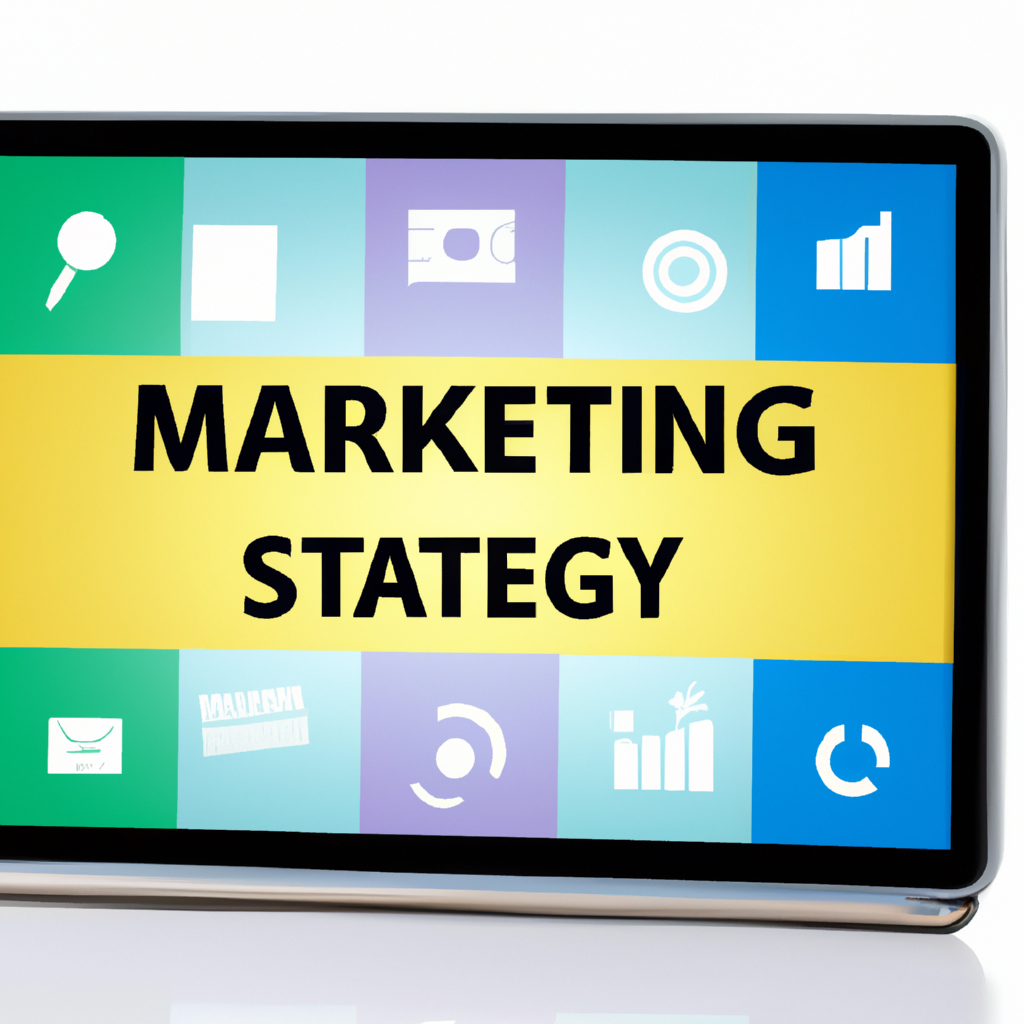The world of lead generation and prospecting has undergone drastic changes with the advent of automation technology. Here, we provide you with five practical examples of successful automation, along with strategies to help implement the same in your own business.
Introduction
Have you ever wondered if there's a simpler way to generate leads and prospect for new business opportunities that don't involve countless hours of work and endless resources? Guess what, there is!
Example 1: Automated Email Marketing
Business A successfully leveraged automated email marketing to nurture and qualify leads. They used software to segment their mailing list and send personalized follow-up emails based on user interactions. The result was a significant boost in lead generation.
To duplicate, start by investing in a reliable email automation software, craft personalized emails, and set up specific triggers based on customer behavior.
Example 2: Using Social Media Bots
Business B automated their prospecting through social media. With the help of bots, the company could identify potential leads through social engagements and move them into a sales funnel, all without manual management.
To replicate, identify the social media platforms where your audience spends most of their time. Next, find a reliable bot service, set the criteria, and let it do the prospecting.
Example 3: AI-Powered CRM
Business C redefined their lead generation process with AI-powered CRM. The proactive system identified user patterns, which helped the business predict potential leads and approach them strategically.
To implement, roll out AI-powered CRM in your business. Watch it learn from customer data and predict potential customers.
Example 4: Conversion Rate Optimization
Business D invested in Conversion Rate Optimization (CRO) tools that regularly tested website variables. The automated process eliminated guesswork from improving conversions.
To duplicate, invest in a mature CRO tool and let it conduct A/B testing to identify what helps convert your web visitors into leads better.
Example 5: SEO and Content Marketing
Business E automated their content marketing with SEO tools, which helped them identify trending topics, keywords, and content strategies. It boosted their visibility, ultimately driving leads their way.
To implement, start with identifying SEO tools that suit your needs. Integrate it with your content strategy and watch your visibility and lead generation improve.
Conclusion
As these examples reveal, automating your lead generation and prospecting process can lead to significant efficiency and success. However, remember to review and optimize your strategies regularly to reap maximum benefits.
FAQs
1. Is the automation of lead generation and prospecting viable for small businesses?
Yes, automation tools are scalable and cater to both small and large businesses.
2. Aren't automated responses impersonal?
Not if done right. Personalization remains achievable, and automated responses can even be customized based on consumer behavior.
3. Can I combine two or more automation strategies?
Indeed. In fact, multiple strategies often complement and enhance each other.
4. How do I measure the effectiveness of automation?
Most automation tools offer analytic features that allow you to monitor and optimize strategies based on performance.
5. Can automation completely replace human efforts?
While automated lead generation can ease and expedite processes, human involvement for strategy, management, and personal touch remains crucial.


 Expertise: Business Growth, Sales, Marketing Automation, Leadership
Expertise: Business Growth, Sales, Marketing Automation, Leadership Work With Us:
Work With Us:  Podcast:
Podcast:  Social:
Social: